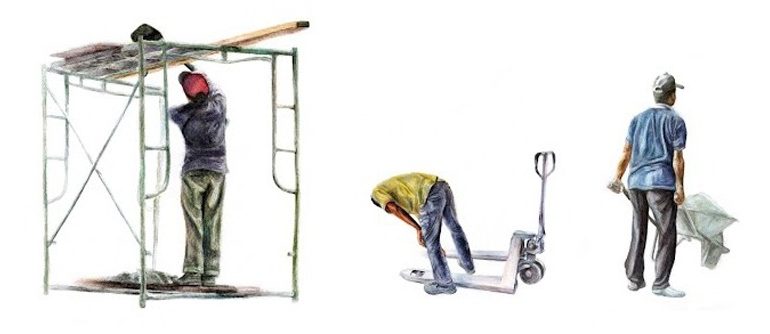In 1962, still flush with Malayan independence won in 1957, there was a palpable need to solidify a national identity. This extended into concerns about how the brand-new national museum of the brand-new Malaya would present itself. The winner of a competition to decorate the facade of the museum was Cheong Laitong, who created two huge mosaic murals made of Venetian glass. Episodes of Malayan History offers a brief pictorial history of the country, while Malaysian Handicrafts depicts traditional crafts such as batik, weaving, keris-making and more.
A year before, in 1961, another mural had appeared through a competitive selection — Ismail Mustam’s The Malayan Way of Life and the National Language — outside the Dewan Bahasa dan Pustaka building in Kuala Lumpur. Comparing the two murals, the eminent art historian and critic T.K. Sabapathy commented that Ismail’s work was “nationalistic propaganda”, while Laitong’s displayed “a deliberate documentary mix done in a highly-stylised and manneristic way”.
Even if Laitong’s work was more stylish than Ismail’s, Sabapathy did not exactly deny that it was not nationalistic propaganda as well. Public art authorised by the state is bound to have conditions attached to it, especially something commissioned in those earliest days after independence when nation-building was a priority. Laitong’s work is relatively “neutral”. But even that belies the more turbulent “episodes of Malayan history” that were quietly left out.

